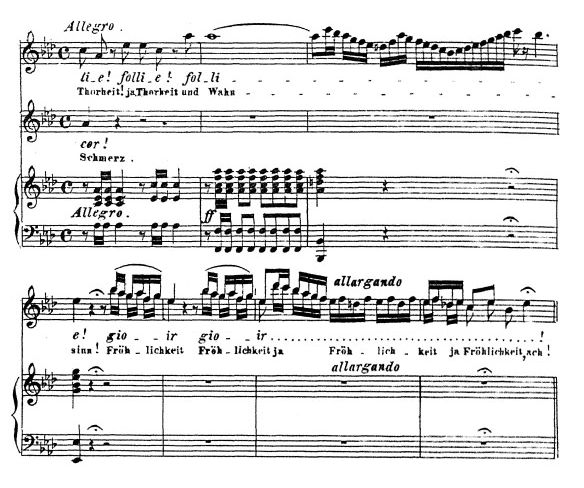
Air In the Sinuses
In singing, the moving air fills up the spaces of the head, otherwise known as the sinuses.
When we sing lower pitches, the sphenoid sinus fills up. As we sing higher, with the glottal slit becoming smaller, the vibrating air column grows taller. Air fills up the posterior and anterior ethmoidal sinuses. Finally, at the highest pitches, the maxillary sinuses become filled with air. This is why singers have sensations like up, back, and over for high pitches as well as sensations of the top of the face vibrating or what some have called singing in the “mask.”
The sinus air filling process only happens if the cords are being properly adjusted for pitch because their adjustment is the determiner of proper moving air column height, diameter, and general direction!
Interestingly, the cords adjust properly for pitch and the air column grows taller and fills up the sinuses as we sing higher. But, if we are sick and the sinuses are swollen and/or plugged with mucus, then the air column cannot grow as tall and cannot fill up the sinuses. So, there is a weird recoil that happens when the air hits the wall of mucus with the cords then being made too thick for the higher pitch. And, this is why we can get hoarse and croaky when we are sick.
about the author
Allen Rascoe Allen has been enjoying singing since he was a little kid. He officially studied voice at ECU and USC. However, he ran... Read More

RECENT ARTICLES
-

Career Your Opportunities for a Fulfilling Career in Singing
-

Basic Skills, Beginners, Tips Tips To Improve Your Singing Voice
-

Exercises, Warmups 10 Vocal Warm-ups to Change the Way You Sing
-

Basic Skills, Beginners, Exercises, Songs, Voice Teachers, Warmups What is My Vocal Range – Identify, Master and Expand Your Range
RECENT IN KNOWLEDGE
Recent Topics
- Beginning Voice Lessons (1)
- Breathing Techniques (1)
- Confidence (1)
- Experienced Teacher (1)
- Kids Singing Lessons (1)
- Musical Career (1)
- Practice (1)
- Private Lessons (1)
- Professional Singer (2)
- Sing (1)
- Singing Teachers (2)
- Style (1)
- Teach Online (1)
- Vocal Exercises (1)
- Vocal Health (1)
- Vocal Music (1)
- Vocal Pitch (3)
- Vocal Range (4)
- Voice Coach (1)
- Voice Exercises (2)
- Voice Training (4)
- Young Vocalist (1)
Categories
- Basic Skills (7)
- Beginners (8)
- Career (2)
- CCM (1)
- Contemporary Commercial Music (1)
- Crossing Over (1)
- Exercises (2)
- Online Lessons (3)
- Online Voice Lessons (1)
- Songs (2)
- Students (6)
- Tips (4)
- Vocal Coaches (1)
- Voice Teachers (2)
- Warmups (2)
Testimonials

















